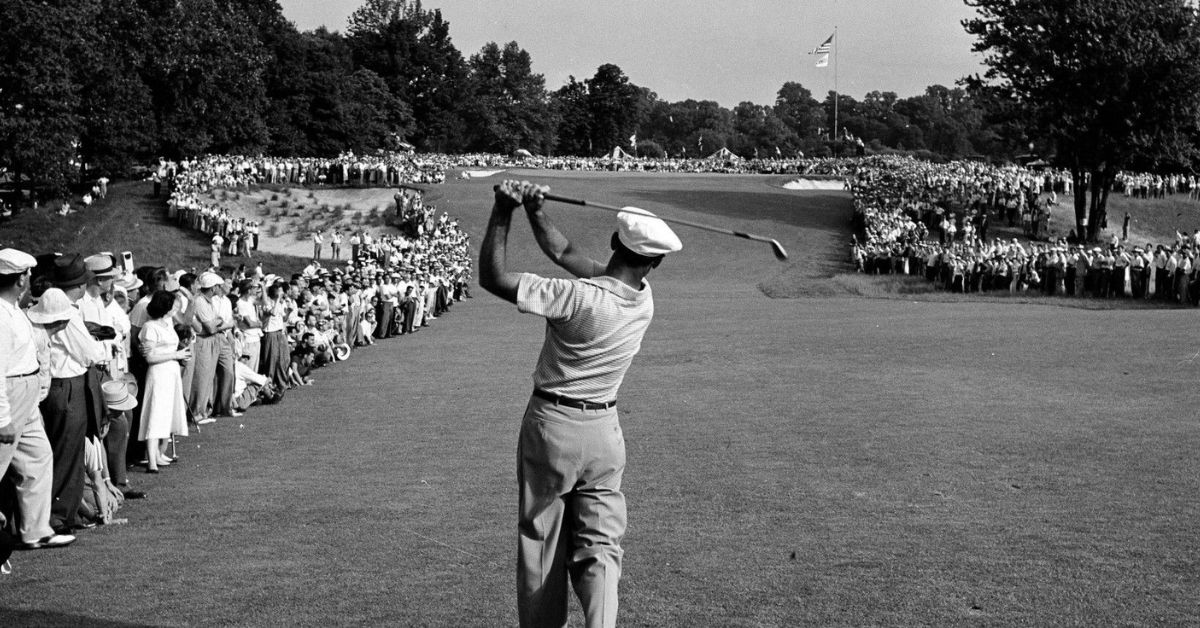From the wind-swept links of ancient Scotland to the meticulously landscaped greens of today’s championship courses, golf has enjoyed a rich and varied history. It is a game of skill, strategy, and sometimes frustrating capriciousness, that has captured the imaginations of millions. Let’s tee off on a journey to explore the history of this fascinating game.
Origin of Golf: Scotland’s Royal Game
Golf is widely considered to have originated in Scotland during the Middle Ages. It was a rudimentary activity, often involving a simple club and a leather ball. Rules were primitive, but the essential objective—getting the ball from one predetermined point to another with the fewest strokes—remains unchanged. As with rugby, golf spread from its place of origin to other lands. By the 19th century, it had reached England and then America, growing from an aristocratic pastime to a public sport enjoyed by people from all walks of life.

The Evolution of Golf Over Time
The initial spread of golf saw the codification of rules and the first Open Championship, held at Prestwick Club in 1860. Golf courses began to sprout up in the United States by the late 19th century, and the early 20th century witnessed the growth of professional and international competitions. Equipment has also evolved, from hickory shafts to steel and now graphite, while the golf ball itself has transitioned from “feathers” to gutta-percha and modern multi-layer constructions. These technological advances have dramatically changed the nature of the game, making it accessible to a broader audience.
A Quick Numerical Glance at Golf’s History
| Era | Significant Evolution | Notable Players |
|---|---|---|
| 15th Century | Origins in Scotland | – |
| 19th Century | First Rules and Courses | Old Tom Morris, Young Tom Morris |
| Early 20th Century | Birth of Professional Golf | Bobby Jones, Walter Hagen |
| Mid 20th Century | Expansion and TV Coverage | Arnold Palmer, Jack Nicklaus |
| Late 20th Century | Global Tournaments | Tiger Woods, Annika Sörenstam |
| 21st Century | Technological Advances | Rory McIlroy, Jordan Spieth |
The Rise of Professional Tournaments
The advent of tournaments like The Masters, U.S. Open, and PGA Championship brought golf to a wider audience, elevating it from a gentleman’s leisure activity to a professional sport. The Ryder Cup introduced an international competitive edge, and more recently, golf’s inclusion in the Olympic Games has further solidified its global status.
Breaking Social Barriers in Golf
Just like rugby, It has had to contend with issues of inclusivity. For a long time, golf clubs were exclusive and sometimes discriminatory spaces. However, pioneers like Charlie Sifford, who broke the color barrier in the PGA Tour, and Annika Sörenstam, a trailblazer in women’s golf, have broadened the sport’s horizons. It is increasingly diverse, and programs aiming to introduce the game to underprivileged communities are becoming more common.
Frequently Asked Questions:
What was the first golf tournament?
The first Open Championship, also known as the British Open, was held in 1860 at Prestwick Golf Club in Scotland.
How has golf equipment evolved over the years?
From wooden shafts and feather-stuffed balls to graphite shafts and aerodynamically advanced golf balls, technology has changed the game dramatically.
Has golf always been a professional sport?
No, golf started as a pastime and gradually evolved into a professional sport, especially after the introduction of major tournaments in the early 20th century.

The 19th Hole: Reflecting on the Legacy
It offers a compelling history filled not just with exceptional athletic achievements but also social change, globalization, and technological innovation. From its inception on the Scottish links to its modern status as an international spectacle, it has grown into a multifaceted sport that appeals to fans of all ages and backgrounds.
In essence, golf is not just a test of skill and mental fortitude but a living narrative of innovation, inclusivity, and the relentless pursuit of perfection. It continues to evolve, and its captivating history ensures that it will continue to intrigue and delight, promising a future as vibrant as its past.
